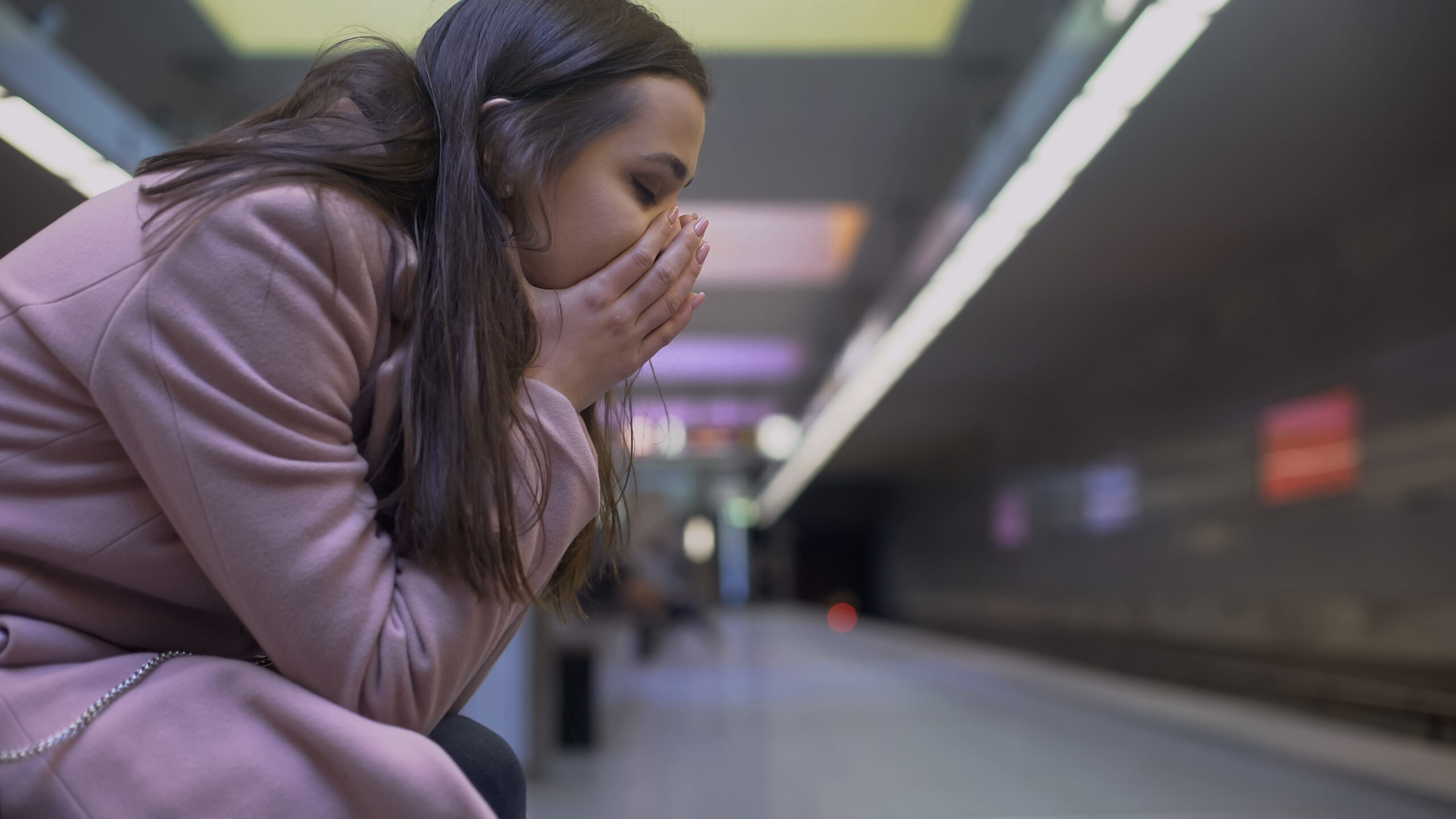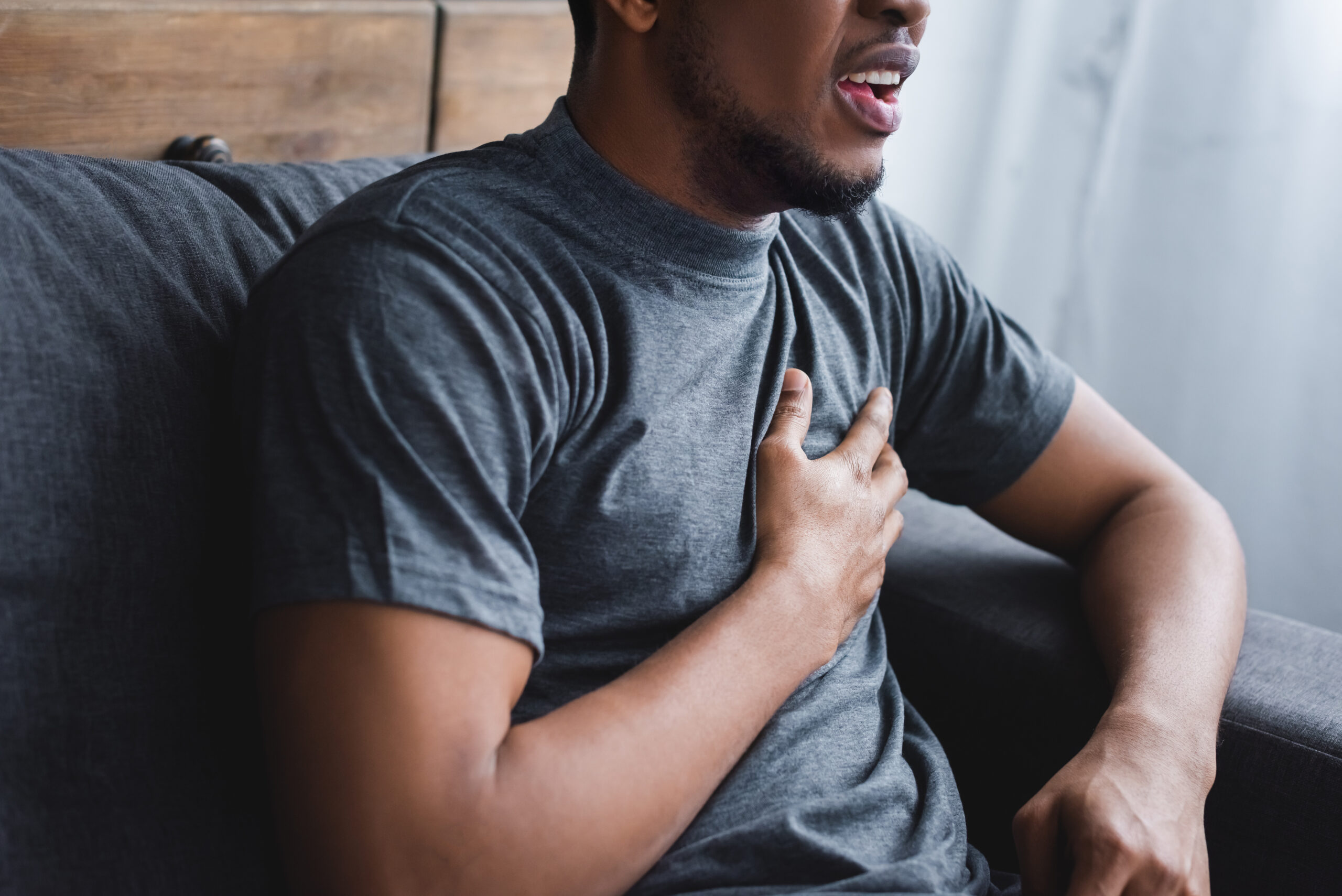What are the Differences Between Panic Attacks and Anxiety Attacks?
Although people often confuse panic attacks with anxiety attacks and use the terms interchangeably, they are considered to be distinct by mental health professionals. While panic attacks are included in the Diagnostic and Statistical Manual of Mental Disorders (5th edition) known as the DSM-5, anxiety attacks are not.
Some of the major differences between panic and anxiety are as follows:
- Anxiety is usually focused on a future situation.
- Panic is a fear reaction to what feels like imminent danger.
- Anxiety is typically accompanied by worry thoughts about the future, e.g. making serious mistakes in a job interview or receiving a diagnosis of terminal illness.
- Panic, on the other hand, is accompanied by thoughts about the immediate situation, e.g., “I’m going crazy,” or “I’m having a heart attack.”
Behaviors that stem from anxiety include avoiding situations or taking extra precautions. In contrast, behaviors that occur during a panic attack involve escaping the present situation or finding immediate help.
Furthermore, while symptoms of panic are abrupt, intense, and last about 10-30 minutes, symptoms of anxiety are longer-lasting, occurring over days or months and are usually less intense and include muscle tension, restlessness, irritability, sleep disturbances and fatigue. It is possible for anxiety to build up to a more intense level that may feel like an “attack”, however, a true panic attack would also include other symptoms such as a preoccupation with an immediate rather than a future threat.

What are the Different Ways that Anxiety Can Show Up?
Panic Disorder
People who experience recurrent, unexpected panic attacks accompanied by repeated worry about having more panic attacks or their consequences (e.g., passing out, having a heart attack, losing control, “going insane”) are struggling with panic disorder.
They often try to cope with their distress by avoiding situations where they think a panic attack may occur. This type of intense fear or anxiety of situations where it might be difficult to escape or get help if a panic attack occurs is called agoraphobia. Panic disorder can occur with or without agoraphobia.
Generalized Anxiety Disorder
Anxiety can also show up in the form of generalized anxiety disorder (GAD). While everyone feels anxious from time to time, excessive, ongoing anxiety and worry that interferes with day-to-day activities is a sign of GAD. People who struggle with GAD are consumed by persistent worries about worst-case scenarios in a number of areas of life such as health, relationships, and work. They have a hard time dealing with uncertainty, have trouble concentrating and worry about making wrong decisions. GAD worries often get in the way of falling or staying asleep. Relationships suffer because GAD often comes with feeling fatigued, irritable, tense, and nervous. It is even possible to experience stomach distress such as nausea, diarrhea, or IBS.

Social Anxiety Disorder
Another way that anxiety often shows up is in the form of social anxiety disorder (social phobia). While it’s normal to sometimes feel anxious in social situations, if anxiety and avoidance of social situations is significantly disrupting quality of life it may be indicative of social anxiety disorder.
People who struggle with social anxiety feel nervous and uncomfortable in social situations because they worry about being judged. They dread and try to avoid situations such as meeting new people, attending parties or social gatherings, public speaking, being the center of attention, dating, going to work or school, talking on the phone, or doing things, such as eating, in front of others. They also have a hard time stating their opinions, making requests, or making eye contact. Social anxiety can cause a number of physical symptoms such as blushing, stomach upset, sweating, trembling, tension, dizziness and lightheadedness.
Specific Phobias
People who are terrified of one or more specific objects or situations are struggling with a specific phobia. Phobias may fall into one or more categories, such as doctors, dentists, blood, needles, or medical procedures; confined spaces; insects or animals such as spiders or dogs; heights; driving; flying; vomiting or choking; natural phenomena such as thunderstorms; or fear of other things such as clowns. Although people with specific phobias are aware that their anxiety about these things is unjustified or exaggerated, they feel powerless to control it. Facing a phobia trigger can bring up uncomfortable physical sensations such as sweating, rapid heartbeat, chest tightness, difficulty breathing, nausea, dizziness, or fainting at the sight of blood.

Cognitive Behavioral Therapy (CBT) Can Help
If anxiety or panic is significantly interfering with your quality of life it can be very helpful to work with a clinical psychologist who specializes in Cognitive Behavioral Therapy (CBT). CBT is an evidence-based form of therapy that focuses on changing patterns of thinking (cognitions) and behaviors associated with anxiety. CBT is supported by research and considered to be the “gold standard” treatment for anxiety disorders. Research indicates that over 60% of those who undergo CBT experience a significant improvement in anxiety symptoms in 12 – 20 treatment sessions. The tools and skills learned during CBT last a lifetime.
Therapy at Compass CBT can help you reclaim your life from anxiety and panic so you can be more calm, confident and engaged in your life.
The GoodTherapy Registry might be helpful to you if you suffer from panic or anxiety. We have thousands of Therapists listed with us who would love to walk with you on your journey. Find the support you need today.
About the Author
Regina Lazarovich, PhD is a licensed clinical psychologist and founder of Compass CBT, serving clients across California and New York. She received her doctorate in clinical psychology from Hofstra University. Her work has spanned hospital, university counseling center, community health center, and private practice settings. Dr. Lazarovich has a comprehensive background in Cognitive Behavioral Therapy (CBT), Exposure and Response Prevention (ERP), Acceptance and Commitment Therapy (ACT), Mindful Self-Compassion (MSC), and Dialectical Behavior Therapy (DBT). She utilizes evidence-based practices to help adults struggling with panic disorder, obsessive-compulsive disorder (OCD), social anxiety disorder, generalized anxiety disorder and specific phobias. She approaches binge eating disorder (BED) and body image concerns from Health at Every Size® (HAES) and Intuitive Eating perspectives.

The preceding article was solely written by the author named above. Any views and opinions expressed are not necessarily shared by GoodTherapy.org. Questions or concerns about the preceding article can be directed to the author or posted as a comment below.



